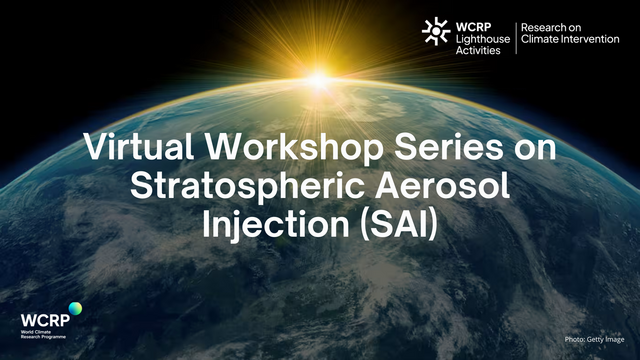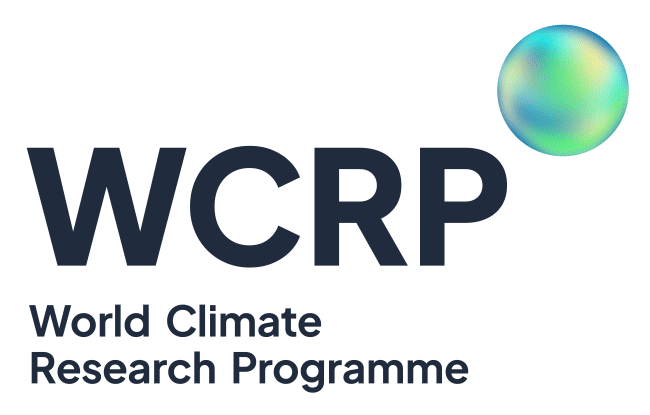By David Khumbanyiwa, WCRP Intern (Geneva, Switzerland)
As climate impacts intensify around the world, especially in the Global South, the integration of artificial intelligence (AI) into climate and agricultural services is opening new opportunities for resilience. From my home country of Malawi to the global climate research community in Geneva, I have seen how data-driven innovations are transforming the ways societies anticipate, adapt to, and recover from climate shocks.
AI Innovations Strengthening Malawi’s Climate Resilience
Malawi, a predominantly agrarian nation, remains highly vulnerable to droughts, floods, and tropical cyclones. In recent years, several AI- and data-based initiatives have emerged to enhance the country’s response to these challenges.
Ulangizi, an AI-driven agricultural advisory platform, provides localized crop management recommendations to smallholder farmers via mobile technology. By integrating meteorological, soil, and satellite data, Ulangizi offers practical advice on crop diversification, pest management, and planting schedules helping farmers adapt to shifting rainfall patterns and improve yields. The system supports English and Chichewa communication, and is accessible through WhatsApp, increasing inclusivity for rural users.

Figure 1. A Malawian farmer consults UlangiziAI, a WhatsApp-based chatbot launched in February, for real-time agricultural advice. (Photo: Elias Wolfberg, Sept 27, 2024)
Over four intensive days on 6-9 October 2025, more than 200 participants from around the globe came together for the Virtual Workshop Series on Stratospheric Aerosol Injection (SAI), hosted by the WCRP Lighthouse Activity- Research on Climate Intervention and the Core Activity Atmospheric Processes and their Role in Climate.


